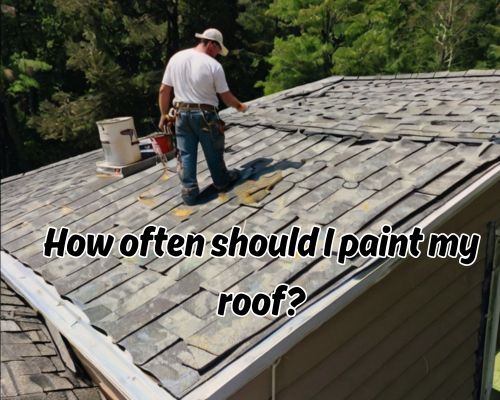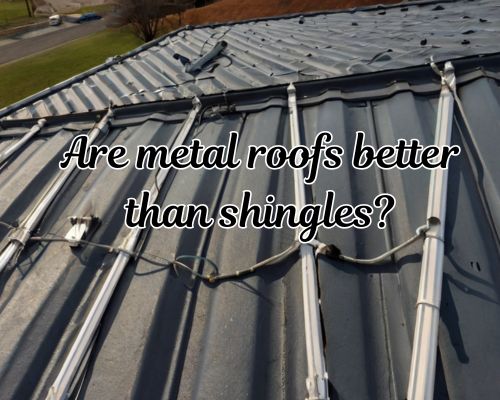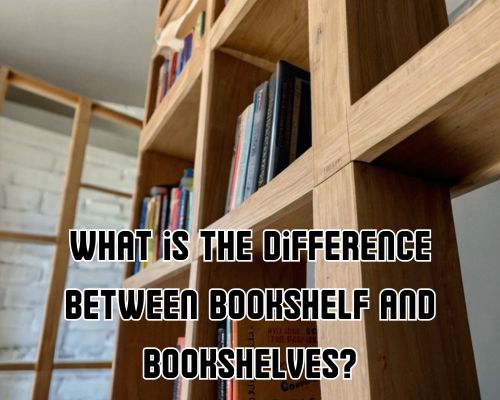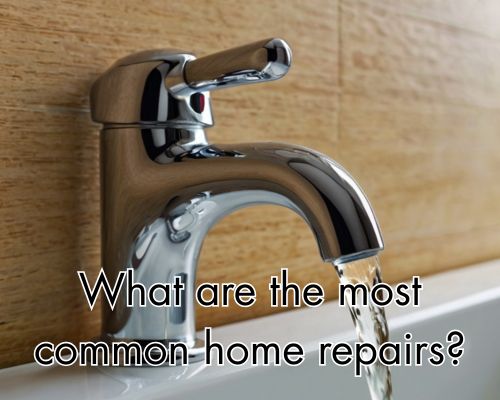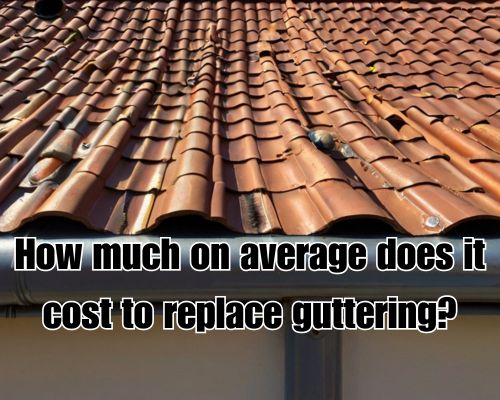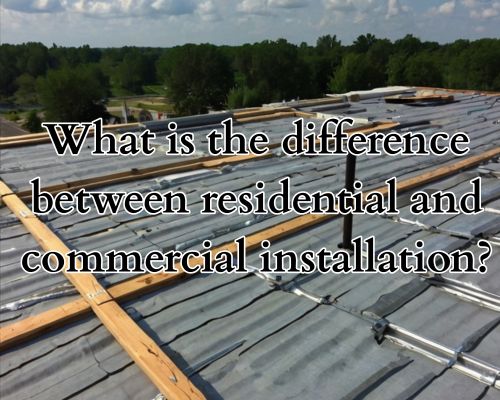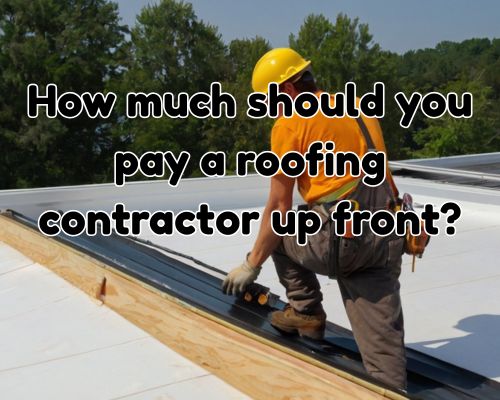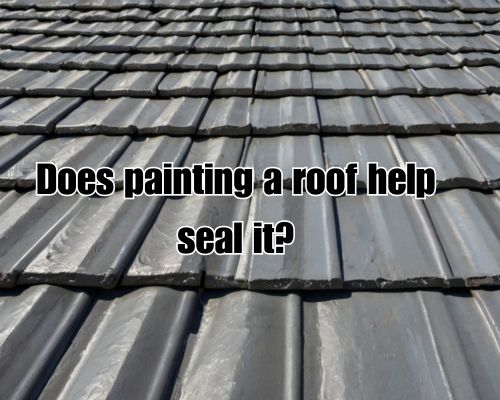
Does painting a roof help seal it? Does painting a roof help seal it?
West Palm Beach is no stranger to extreme weather—think blistering summer heat, humid ocean breezes, and occasional tropical storms. Roofs here face a constant barrage of UV rays, salt air corrosion, and heavy rain. These factors accelerate wear and tear, making roof maintenance more than a cosmetic concern—it’s essential for protecting your home’s structural integrity and energy efficiency.

So, the question isn’t just “Does painting a roof help seal it?” but also “Can it help a roof survive West Palm Beach’s tough climate while cutting your energy bills?” Let’s dig into details with Star Roofing.
What Does Roof Sealing Mean?
Before we splash paint everywhere, let’s clarify what “sealing a roof” actually means. Roof sealing involves creating a protective barrier that prevents moisture intrusion, reduces leaks, and can improve thermal insulation. This barrier typically requires specialized sealants or coatings designed to fill cracks, repel water, and reflect heat.
Simply put: sealing is about protection and performance—not just prettifying your roof.
Can Painting a Roof Help Seal It?
Short answer: Sometimes, yes. But it depends on the paint type, roof material, and application quality.
Here’s the lowdown:
- Standard Paint vs. Roof Coating: Regular house paint doesn’t seal a roof. It might add color but offers little protection against water infiltration or UV damage. However, specialized roof coatings, such as elastomeric or acrylic roof paints, can create a flexible, waterproof seal that extends roof life.
- Material Compatibility: Roofs in West Palm Beach come in various materials—shingles, metal, tiles, or flat membranes. Elastomeric coatings work well on concrete or metal roofs, offering waterproofing and reflectivity. Asphalt shingles, common in residential roofing, benefit more from maintenance than paint sealing.
- Reflective Properties: Some roof paints contain reflective pigments designed to reduce heat absorption, lowering cooling costs—a significant advantage in Florida’s hot climate.
Salient Entities & Local Touch: Roof Painting in West Palm Beach, FL
- Climate Challenge: West Palm Beach’s tropical monsoon climate means heavy rain and high humidity. Paints that claim to “seal” roofs here must withstand water pooling and prevent mold/mildew growth.
- Local Roof Materials: Many homes in West Palm Beach use concrete or clay tiles due to hurricane resistance and aesthetics. These materials benefit more visibly from reflective roof coatings than standard paint.
- Energy Efficiency Programs: Florida, including West Palm Beach, offers incentives for homeowners upgrading roofs with reflective coatings under energy-efficiency initiatives—great for saving on utility bills.
The Science of Roof Paint Sealants
To seal effectively, roof paint must:
- Fill Microcracks: Elastomeric coatings expand and contract with temperature changes, sealing small cracks that develop over time.
- Resist Water: A good roof coating creates a waterproof layer, essential in preventing leaks during Florida’s intense rainstorms.
- Reflect UV Rays: Roof paint with high Solar Reflectance Index (SRI) lowers surface temperature, protecting roofing materials from sun damage and reducing indoor cooling loads.
- Prevent Mold & Mildew: Anti-fungal additives in roof paint stop biological growth that thrives in humid environments like West Palm Beach.
Common Types of Roof Coatings That Seal
- Elastomeric Coatings: Highly flexible and waterproof, these are excellent for flat or low-slope roofs common in commercial and some residential buildings in West Palm Beach.
- Silicone Roof Coatings: Known for excellent water resistance and UV stability, ideal for roofs exposed to standing water.
- Acrylic Roof Coatings: Cost-effective and good at reflecting UV rays, but can degrade faster in ponding water conditions common during West Palm Beach’s heavy rains.
- Polyurethane Coatings: Durable and impact-resistant, but often pricier and more suited for commercial roofs.
Does Painting Seal Roof Leaks?
Painting alone won’t fix serious leaks or structural damage. If your roof is cracked, warped, or missing shingles, painting won’t be a magic wand. However, applying a roof sealing coating after proper repair can prevent minor leaks and extend roof life.
How Much Does It Cost to Paint and Seal a Roof in West Palm Beach?
Expect to pay anywhere from $1.50 to $4.00 per square foot depending on:
- Roof size and complexity
- Type of coating or paint
- Preparation work (cleaning, repairs)
- Contractor expertise
Compared to a full roof replacement—which can easily run $7,000+ for an average home—painting and sealing can be a cost-effective way to boost roof longevity and efficiency.
Tips for West Palm Beach Homeowners Considering Roof Painting
- Hire Local Experts: Choose roofing contractors experienced with West Palm Beach’s climate and roofing materials just like Star Roofing.
- Choose the Right Product: Opt for elastomeric or silicone coatings with proven performance in humid, tropical climates.
- Prep is Key: Roofs must be clean, dry, and repaired before coating. Paint applied over dirt or damaged areas won’t seal properly.
- Consider Energy Savings: Select reflective roof coatings to reduce cooling costs—West Palm Beach summers are not for chumps.
- Maintenance Matters: Even sealed roofs need regular inspections, especially after storms.
Alternative Roof Sealing Solutions for West Palm Beach
If painting seems just a band-aid, explore these options:
- Roof Sealant Membranes: Rubberized or bitumen membranes provide robust waterproofing but cost more.
- Roof Restoration Services: Combining cleaning, repairs, and sealing coatings, these extend roof life significantly.
- Cool Roof Technology: Some coatings qualify as “cool roofs” under EPA’s Energy Star program, ideal for hot climates like West Palm Beach.
Final Thoughts: Does Painting a Roof Help Seal It in West Palm Beach?
Painting a roof with the right roof coating can absolutely help seal it—provided you use the correct product, prep properly, and understand the limitations. In West Palm Beach’s demanding climate, reflective elastomeric coatings are your best bet to:
- Protect against water damage
- Resist UV degradation
- Reduce cooling costs
- Extend roof lifespan
But don’t be fooled by ordinary paint or cheap shortcuts. Your roof is your home’s frontline defense against Florida’s weather drama. Seal it smart, seal it right, and keep that sunshine coming without the leaks.
